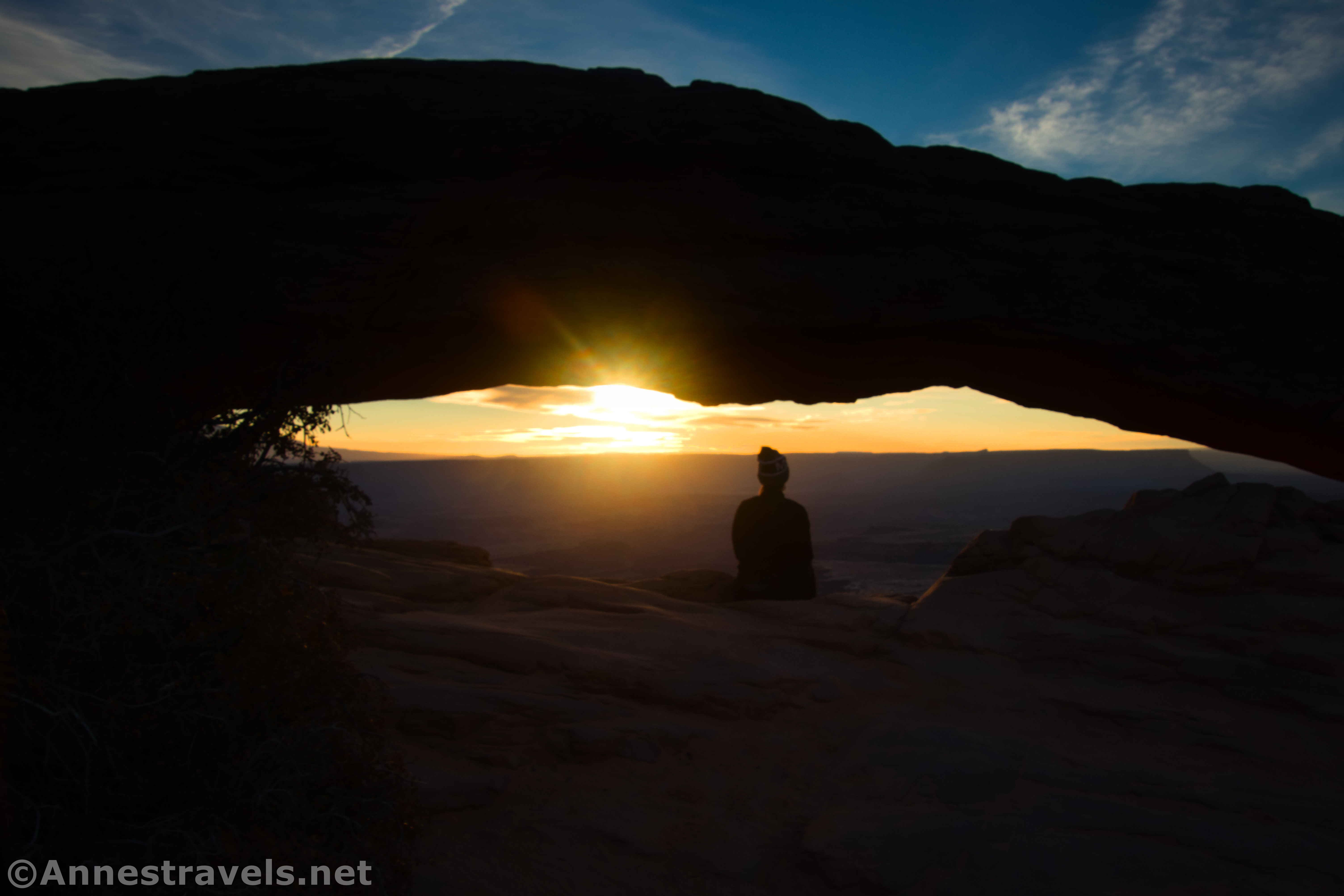
The direction of light may be the most important part of photography – where your light is coming from. If the light is coming from in front of you, but behind your subject, your subject will be backlit. If the light is coming from one side, that side will be more illuminated than the other side. If the light is coming from behind you, then the front of your subject may be illuminated, but the back or sides may be in shadow. Light might also be coming from above you (or your subject), below you, or from any other angle.

Before you push the shutter button, figure out where the light is coming from. If you’re outside, chances are the sun will be your light source – so just look for what direction the sun is shining from, or look at where the shadows fall (usually, the light source is directly opposite shadows). But even here, things can get tricky: For example, where is the light coming from if you’re in a canyon? Or a cave? Or an area with artificial lights or reflectors?

Once you’ve figured out where the light is coming from, watch how the light hits your subject. Is the subject in shadow where it should be illuminated? Can you move (or have the subject move, if it’s a person) so that the subject is illuminated the way you want it to be?